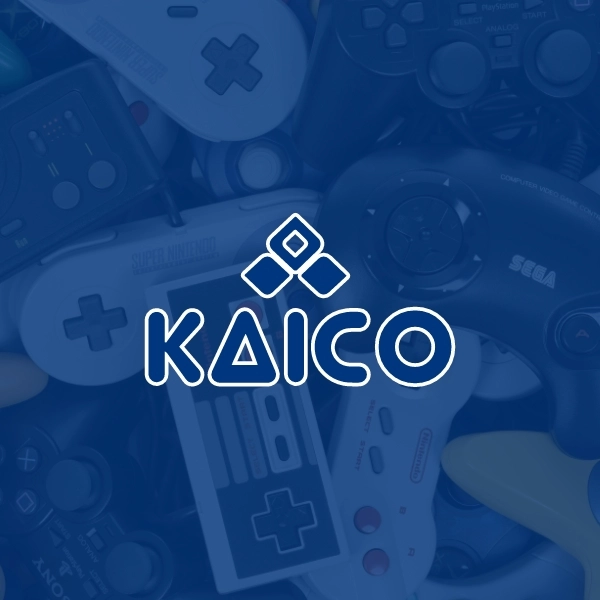Introduction
In the digital age, graphic design remains among the most vital professions. The function of a graphic designer has changed greatly from branding and marketing to web design and social media. Given demand is consistently rising, it is essential to know how big the graphic design cost is and what trends are influencing this worldwide industry. To answer how many graphic designers are there in the world and to give a thorough picture of the graphic design scene, this article will investigate global statistics, salary insights, industry expansion, future demand, and the tools propelling contemporary design.
Global Graphic Designers Overview
From all around, millions of people call themselves graphic designers. Though the figures differ by area and employment category, latest estimates indicate more than 2 million graphic designers worldwide. This covers both full-time and independent workers. Among those in the United States alone, over 179,000 are specifically graphic designers; many more work in related fields including web design, illustration, and motion graphics. On the other hand, there are approximately 30,000 graphic designers employed in the UK.
Substantial parts of the graphic design industry also call Europe, Asia, and Latin America home. Many designers now work alone or for foreign customers as remote work has grown. Graphic design keeps on developing as a possible and expanding career as more companies see the need of visual branding.
Industry Growth Trends
Expansion of Digital Platforms
Growth in the graphic design industry is most significantly driven by the digital revolution. Online platforms’ proliferation has created a nearly constant demand for interesting visuals. Visual material is more required than ever from web banners and social ads to app interfaces and YouTube thumbnails. Job openings and freelance chances for designers are steadily increasing as this need drives.
Rise in Small Business Branding
More small businesses are spending on professional branding, and this trend is helping propel the design industry forward. Entrepreneurs are engaging graphic designers to produce digital marketing tools, social media material, packaging, and logos. This expansion is not confined to major cities. Online tools are allowing even local e-commerce stores and startups access worldwide design skills.
Freelancing and Remote Work Boom
The epidemic hastened the freelancing movement significantly. Many designers have moved into permanent freelance employment. With skilled people in one area of the world now working for clients all across continents, this change has created worldwide possibilities. Platforms such as Fiverr, Upwork, and Behance are closing the gap by fast and effectively linking companies with competent designers.
Earning Potential of Graphic Designers
Graphic design pay differs by area, experience, and speciality. Though it can rise significantly depending on knowledge, the average yearly pay for a graphic designer in the United States is approximately $53,000. While senior creatives or art directors can make over $100,000 yearly, entry-level designers might make about $35,000.
Many freelance designers bill on a project or hourly basis. People who focus on brand strategy or UX/UI design usually charge more. Freelancers with good reviews and strong portfolios also tend to make more than conventional in-house staff members.
Tools and Technologies
As we are discussing how many designers are there in the world, We should also look at the popular graphic designing tools and technologies being used globally.
Adobe Creative Suite as Industry Standard
With tools like Photoshop, Illustrator, and InDesign, Adobe still rules the market. For both print and digital design, these platforms have become the gold standard. Many job ads now call for fundamental knowledge of Adobe. Those who use these tools well usually have more employment options and earn higher pay.
Rise of Web-Based Tools
Especially for remote teams, web-based tools such as Figma, Canva, and Sketch are now quite popular. Among UX/UI communities, Figma is particularly well-liked for its real-time collaboration tools. Canva has made design more accessible to marketing teams and newcomers. Though professional designers still provide the polish and creativity these tools can’t automate, these tools are also enabling small businesses to produce content internally.
AI and Automation in Design
Design is beginning to be supported by artificial intelligence. AI-driven solutions can provide even automated branding kits, layout recommendations, and background removal help. Although these tools are not substituting for designers, they are speeding up and streamlining design work. Designers who use this tool are enhancing their processes and staying ahead of the curve.
Demand for Graphic Designers in the Coming Years
The need for visual content keeps increasing as the digital environment grows. Companies in every industry from healthcare to fashion require images that speak clearly and draw attention. Those messages are shaped by graphic designers.
Market projections indicate that the worldwide graphic design industry will exceed $58 billion by 2025, growing at a CAGR of 4.5%. Tech startups, e-commerce, marketing agencies, and digital content platforms are among the main industries driving this demand.
The growth of immersive technologies including augmented reality and virtual reality is also anticipated to open new doors for visual designers. The function of the graphic designer will change to fit consumer expectations for dynamic content as they grow.
Companies such as Cleartwo have seen this change early and responded by providing a broad spectrum of design solutions suited to the contemporary company. Cleartwo not only creates beautiful visual identities but also enables companies to grow their design approach in a fast changing environment.
Key Takeaways
The field of graphic design keeps expanding in both size and importance. The business is booming with more than two million designers worldwide. Faster development and more worldwide cooperation have come from digital transformation, remote work, and new design tools. Especially for those who focus on digital media, UI/UX design, and branding, salaries and freelance income keep growing.
Tools like Figma, Canva, and Adobe Creative Suite have become indispensable. Rather than replacing talent, new technologies such as artificial intelligence are enhancing design processes. Graphic designers will continue to be important shapers of business and culture for years to come as visual narrative and digital branding drive them.
Cleartwo graphic design services are meant to assist companies of all sizes. From a one-off task to a long-term brand journey, Cleartwo enables an effective, high-quality visual design that produces outcomes.



















